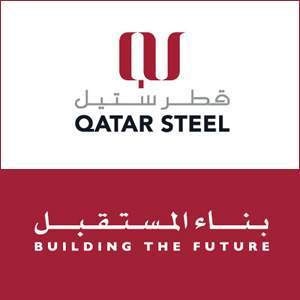Gas plays a vital role in the European economy, as it is used to heat homes, in heavy industries, and as a secondary fuel in electricity production. Thus, this record price hike negatively affects the European economy.
In the absence of a solution to the war in Ukraine, energy prices continued to rise, especially gas, with a decline in European reserves, along with an increase in demand with the onset of winter.
Amid the successive record highs, more attention is drawn to talking about the consequences of this on companies, industrial establishments, and producers. The increase in the prices of energy sources has raised the costs of industrial, agricultural and service production, especially transportation services. Therefore, this increase in costs is passed on by industrialists and traders to the shoulders of the consumer, who suffers in different parts of the world.
The most affected region during the last period was Europe, where it severely affected the industrial sector on the continent, especially energy-intensive industries, as production costs rose sharply in industries such as iron, steel, aluminium, fertilizers, and others, which prompted some companies to reduce their production levels or close some of their factories in Europe.
Gas prices in Europe increased by 170% during the period from February to July 2022 as a result of the repercussions of the Russian-Ukrainian war. This led to higher production costs for companies operating in energy-intensive industries in Europe, and even to the extent that some companies incurred economic losses.
In the steel industry, we find some companies planning to close their factories, including Mittenvest, Salzgitter, Liberty Ostrava, and ArcelorMittal, which announced that it plans to close some of its factories in Germany due to the high electricity costs. The Spanish company Acrinox partially suspended some of its factories and other companies.
European companies working in energy-intensive industries have two options, either to stay in Europe and face the possibility of closure, or to resort to transferring some production operations to other regions with abundant energy resources.
This requires European governments to adopt an urgent financial package to support energy-intensive companies, as well as to take the necessary future measures to enhance energy efficiency in factories.
This massive downsizing of factories has increased Europe’s dependence on foreign markets which greatly increases global carbon emissions.
European steel companies have increasingly turned to steel imports from Asia with high energy costs and barriers to imports from the Black Sea region, an alternative to Turkish products whose costs have also increased sharply due to energy prices.
Asia has become a cheaper steel market for European countries, as there has been no significant increase in the cost of energy because Asian countries do not depend directly on Russian gas supplies, but India and China have even benefited from buying Russian coal at low prices in recent months.
Over the past few weeks, sales of semi-finished and long-form steel from Southeast Asia to Europe were estimated at more than 100,000 tonnes.
According to data from the World Steel Union, steel production for the European Union region decreased by -17.5% and -9.2% during the period from January to October 2023 in October, and was accompanied by a decrease in the production of the rest of European countries by a rate ranging between -15.8% and -23.7 during the month of October. And -9.8% and -19.0% during the last ten months of 2022.
Knowing that the average production of the iron and steel sector in the European Union amounts to 153 million tonnes and employs about 310 thousand workers with a sales volume of 125 billion euros.
Dr. Kamel Djoudi
Secretary General





















